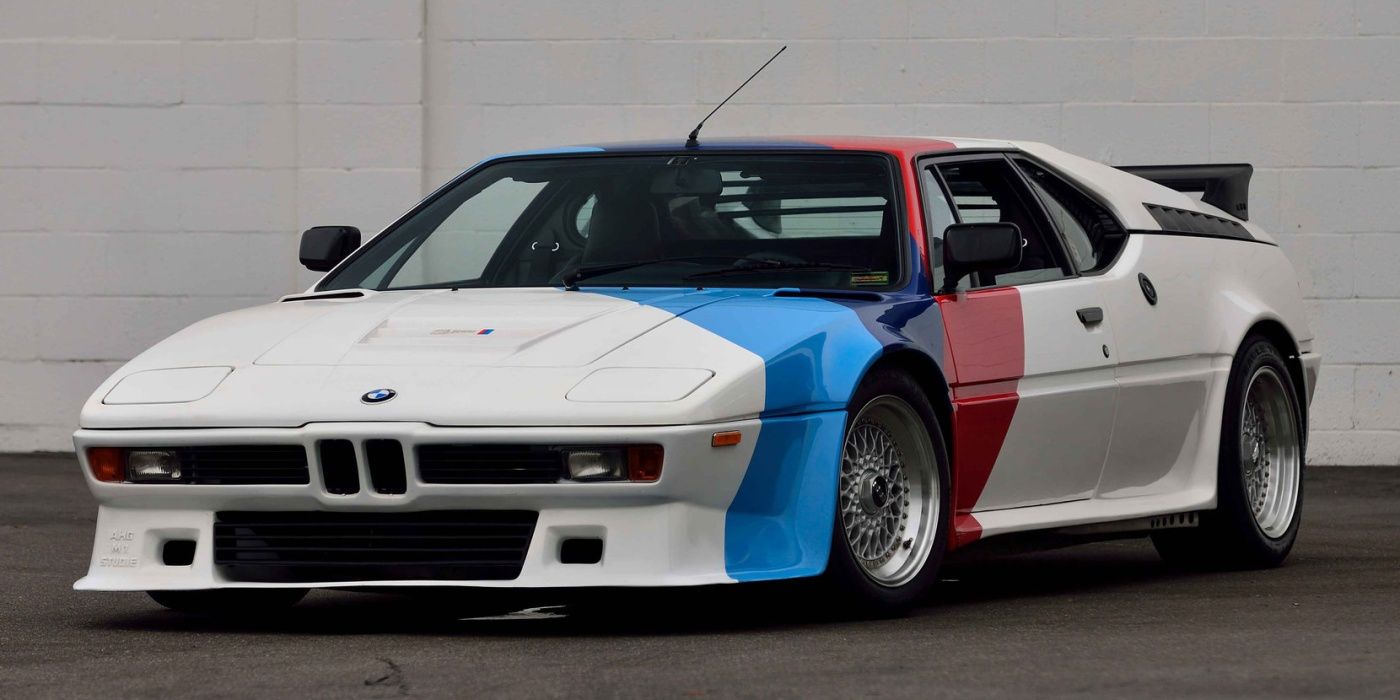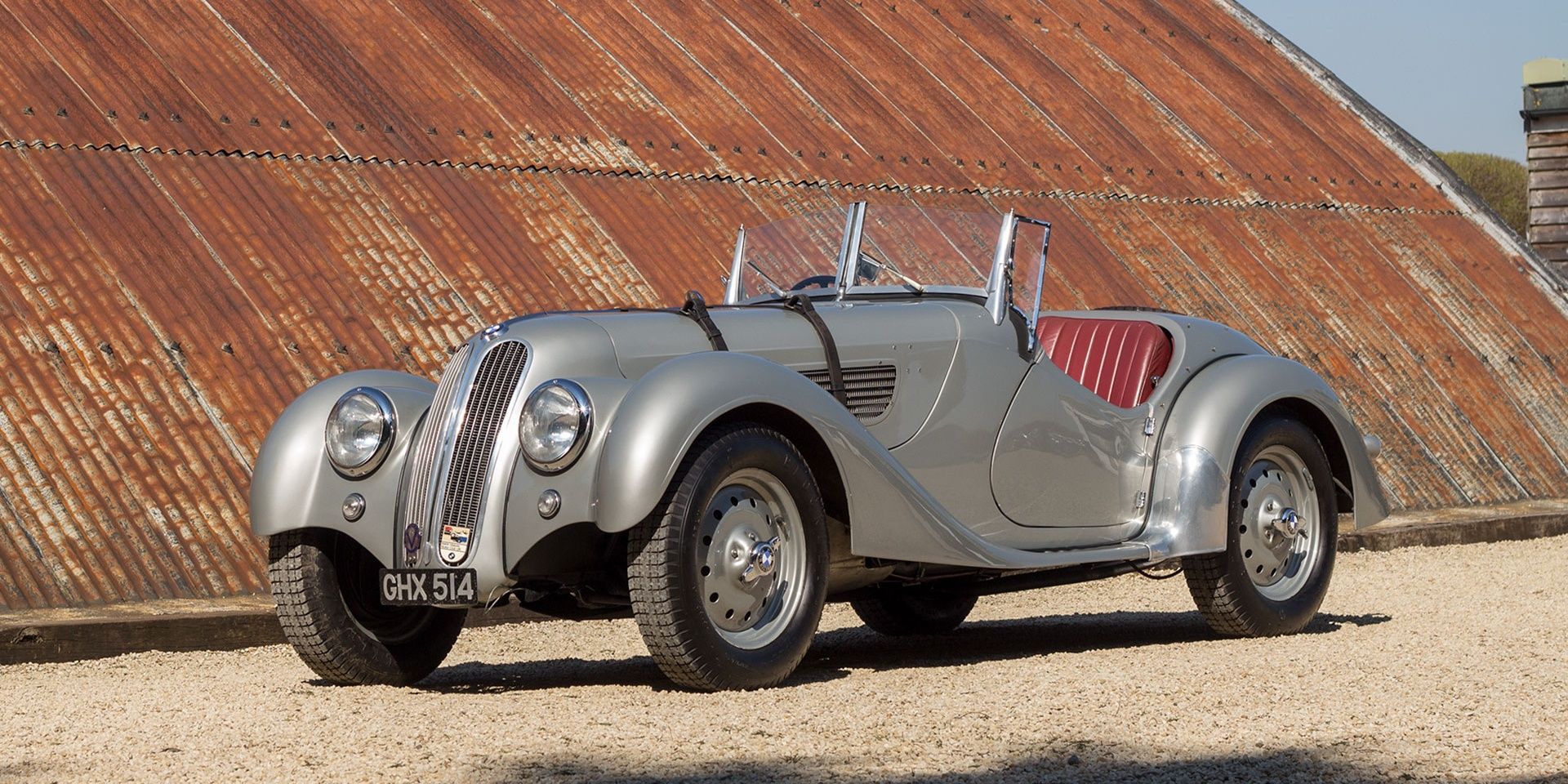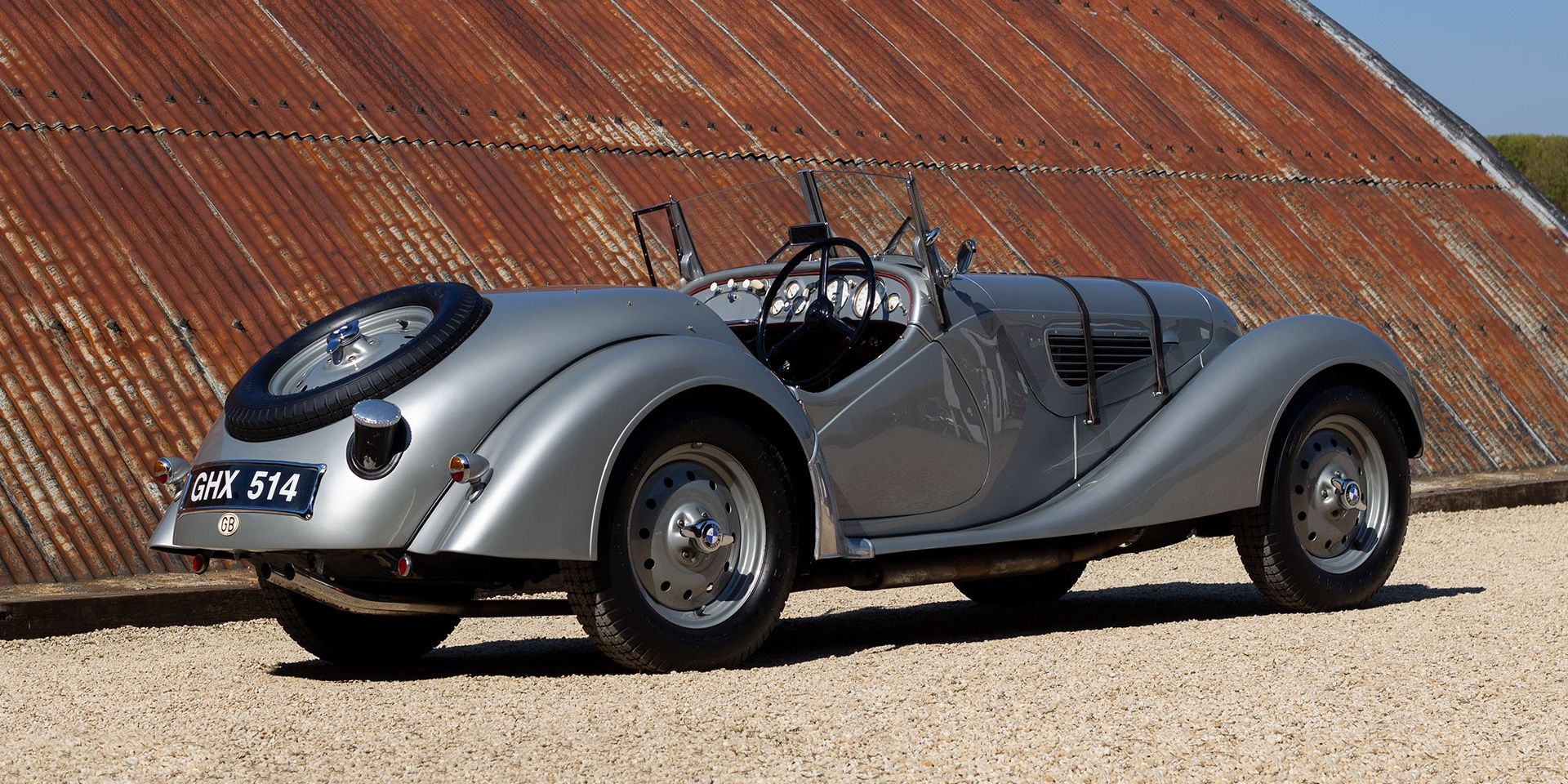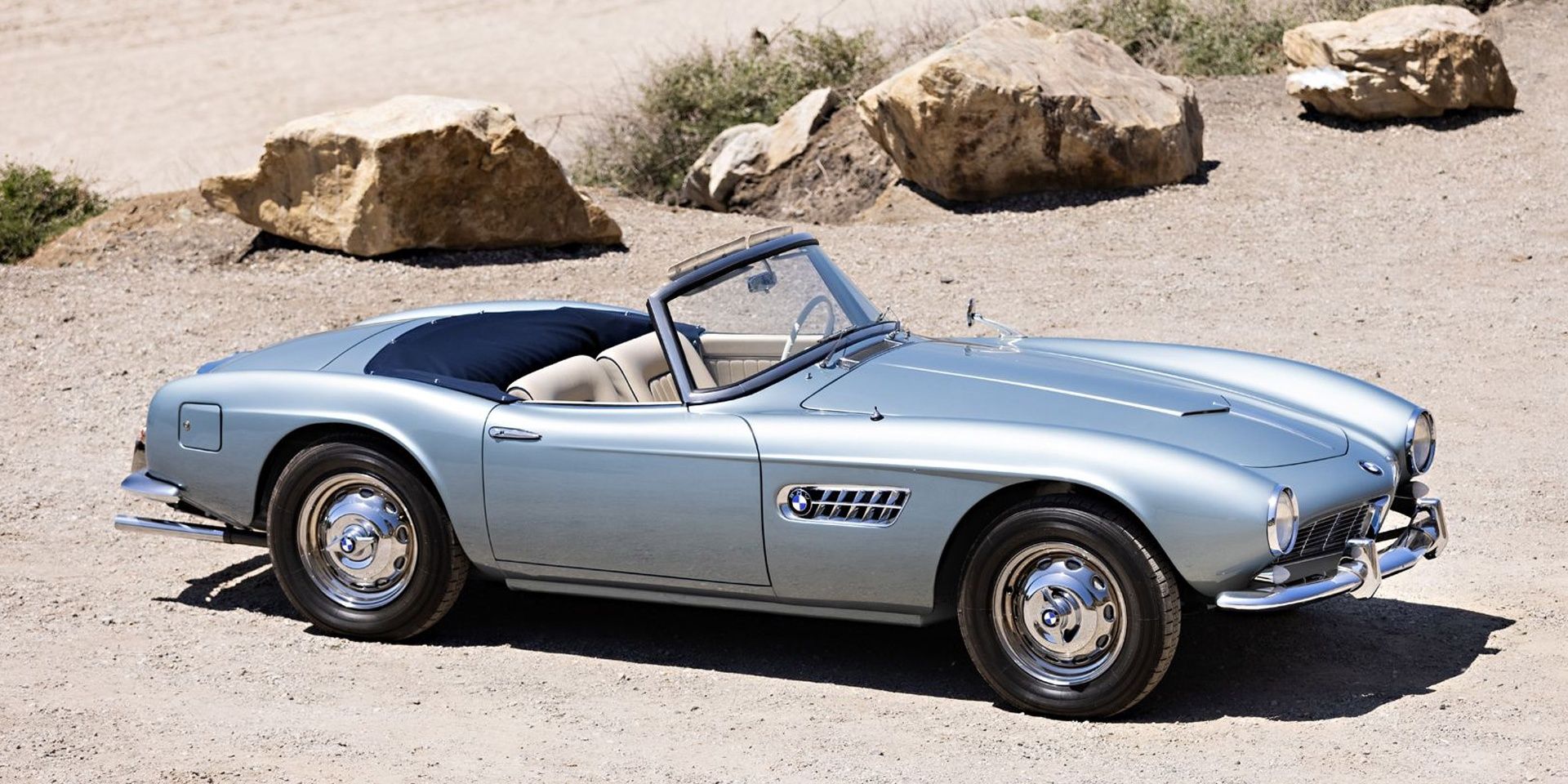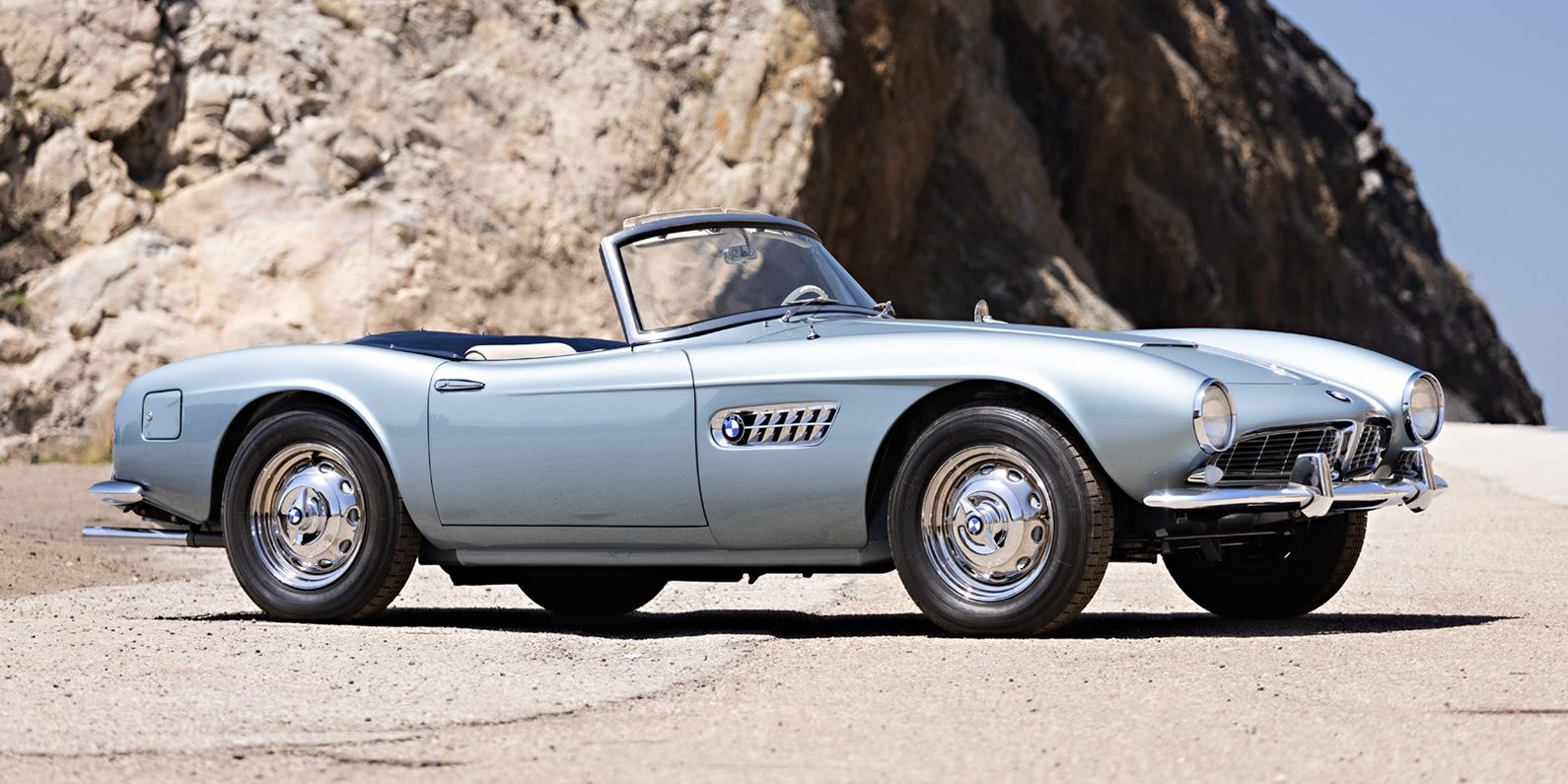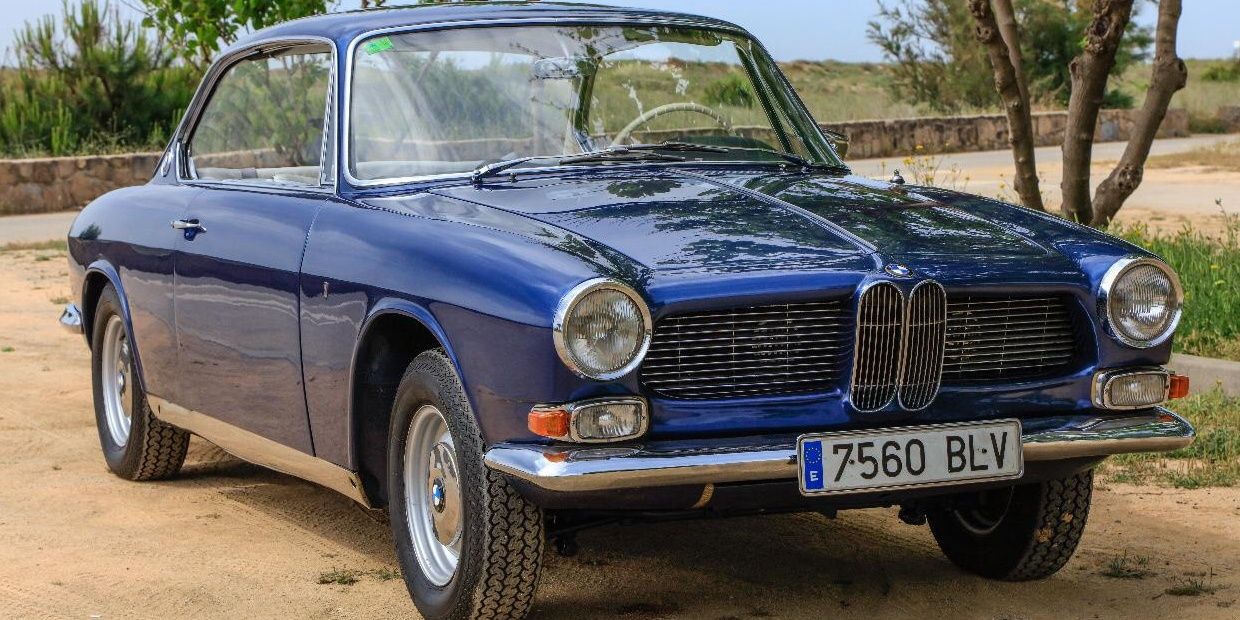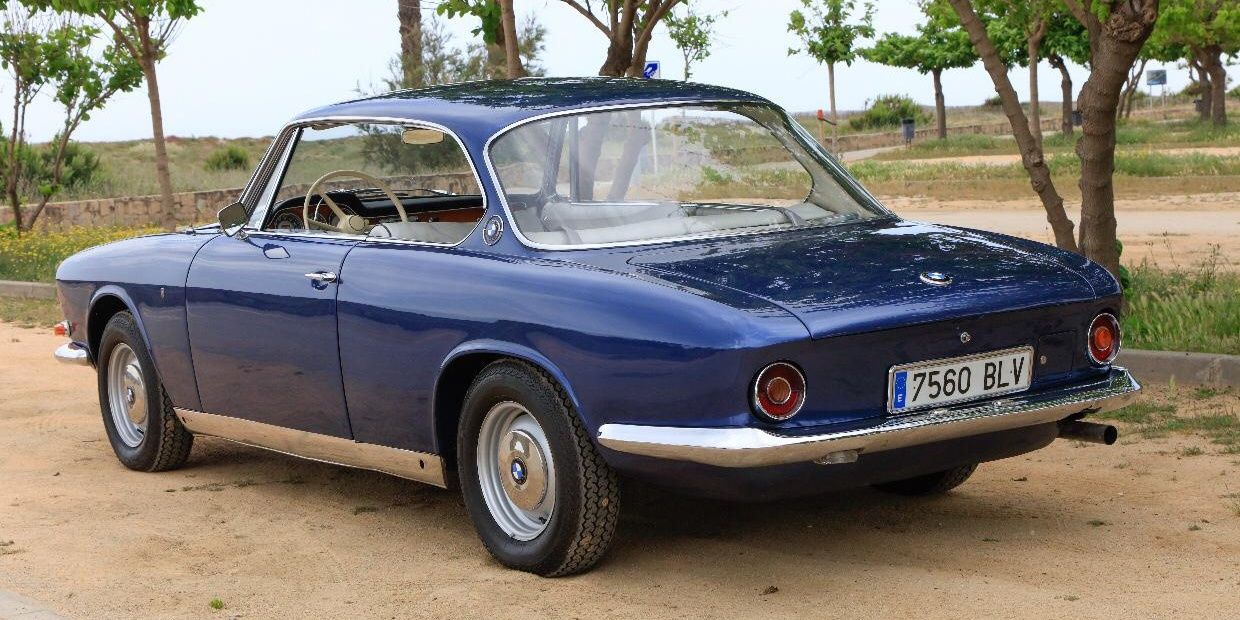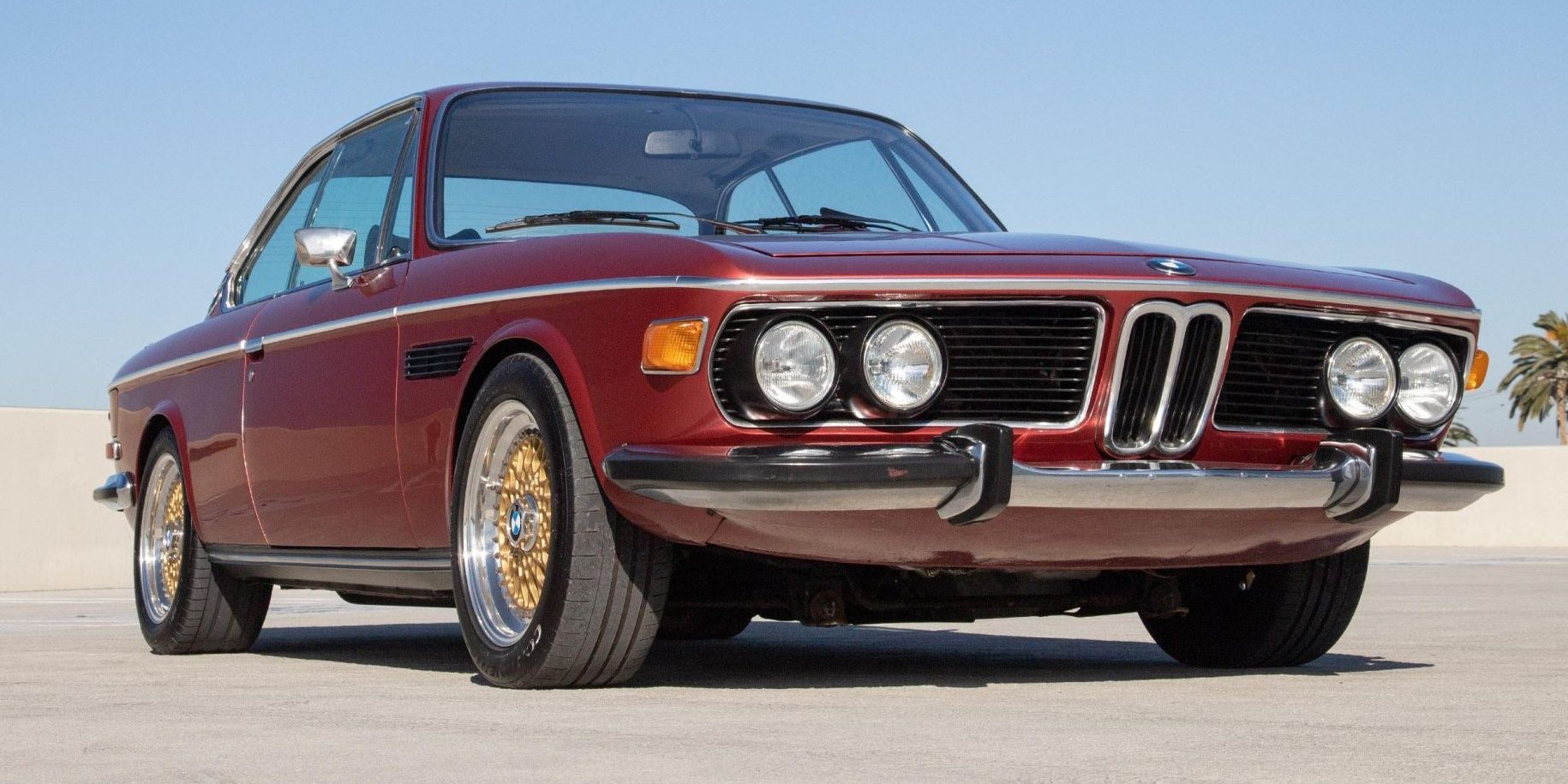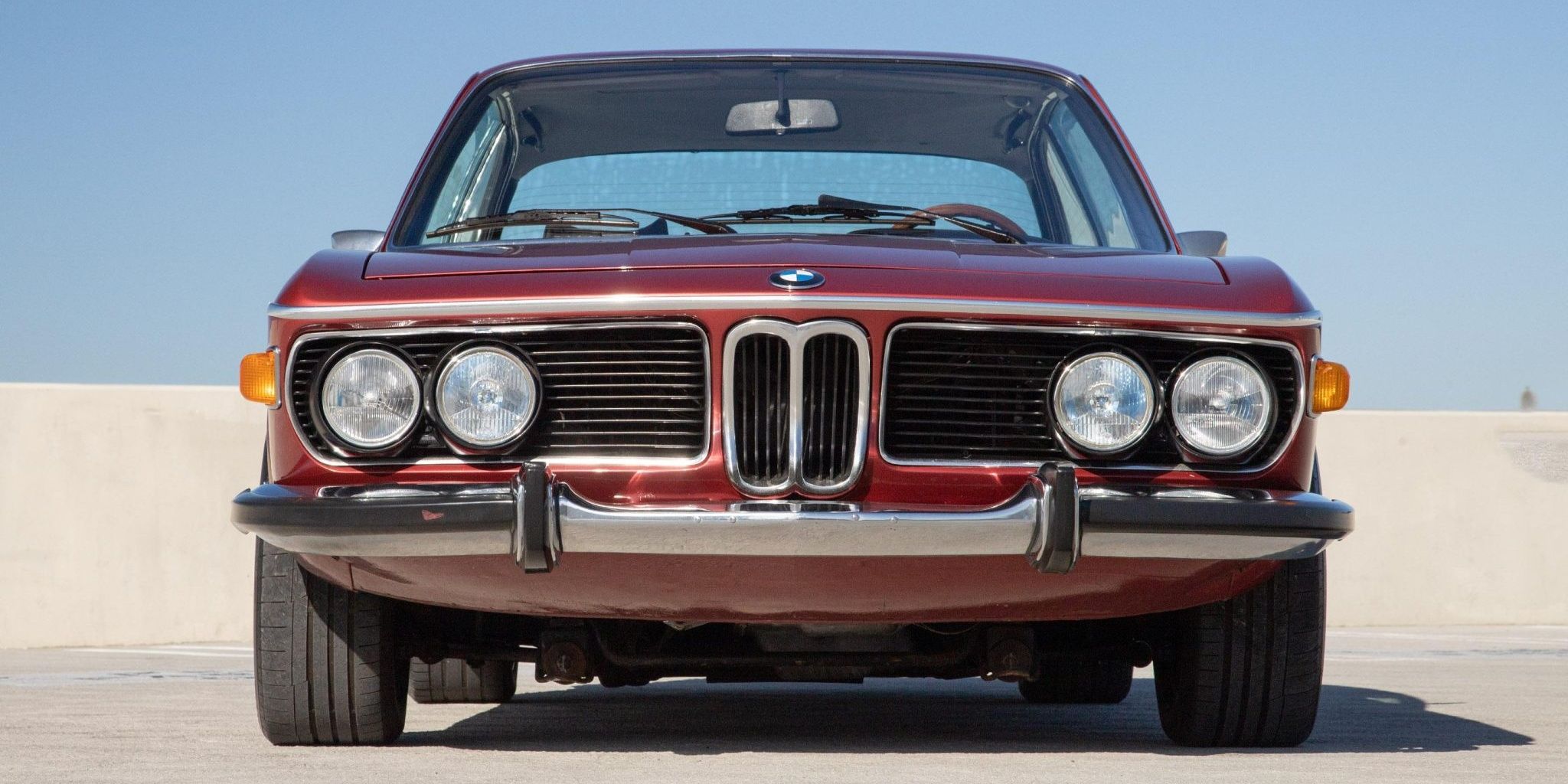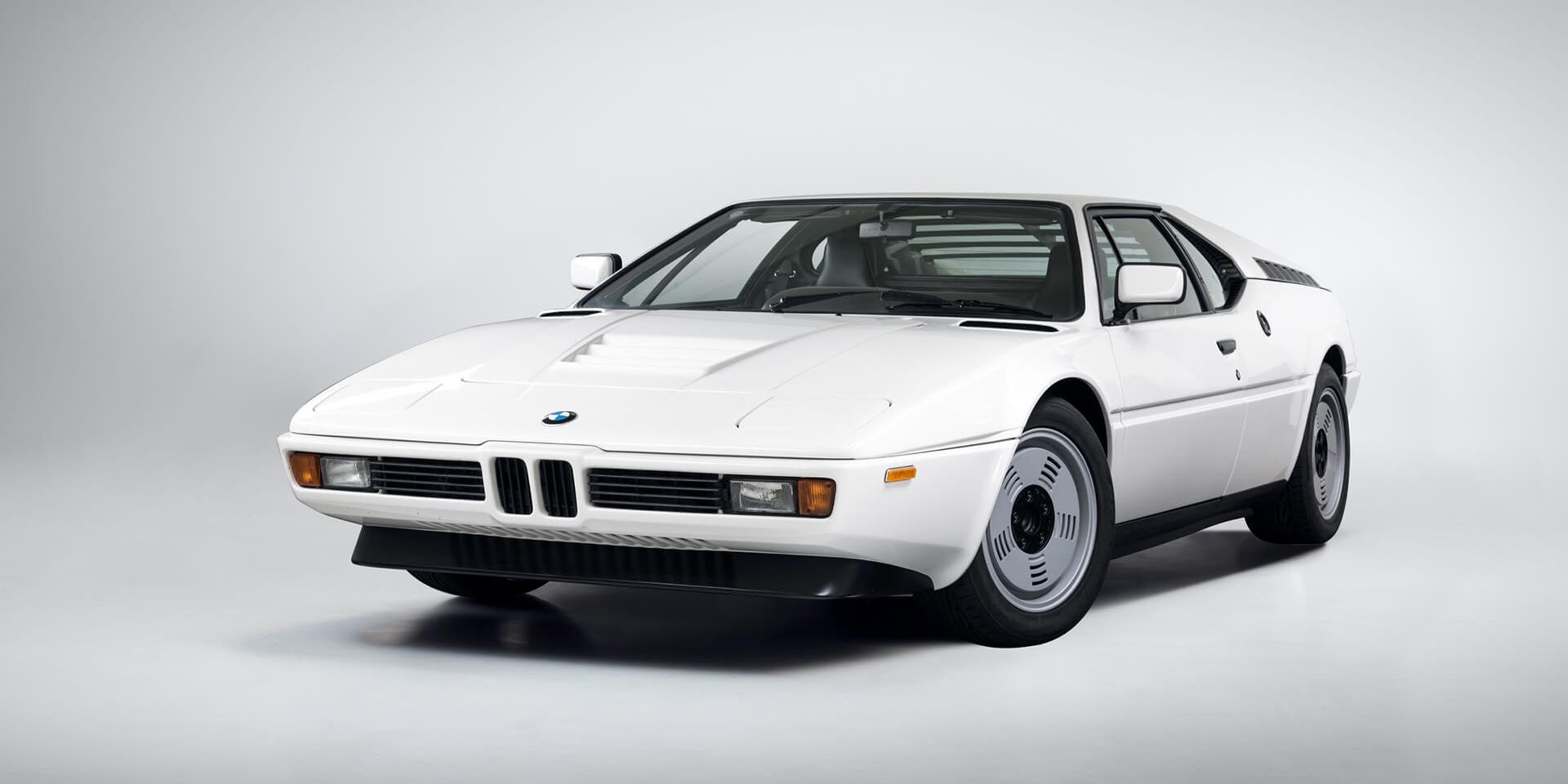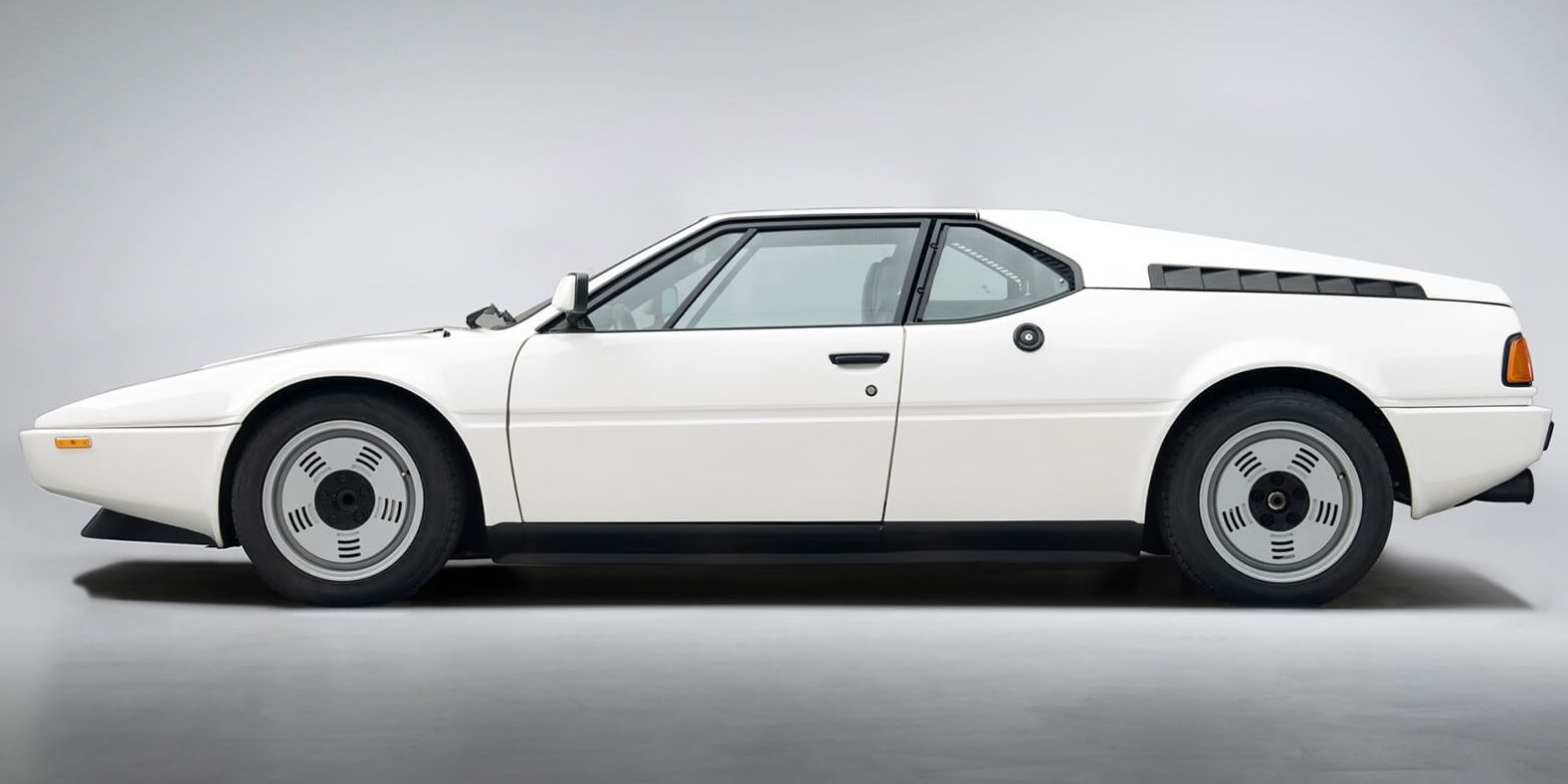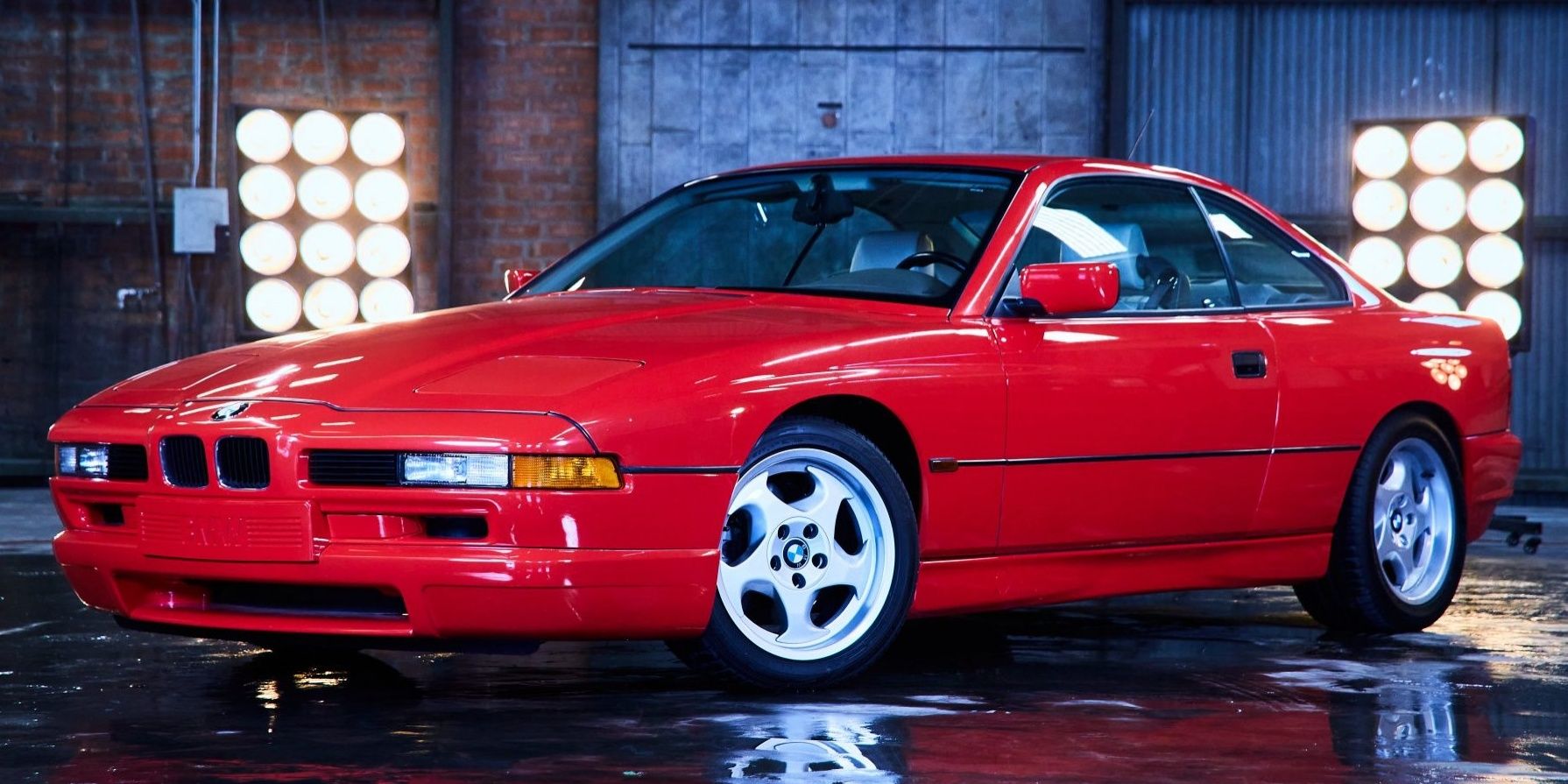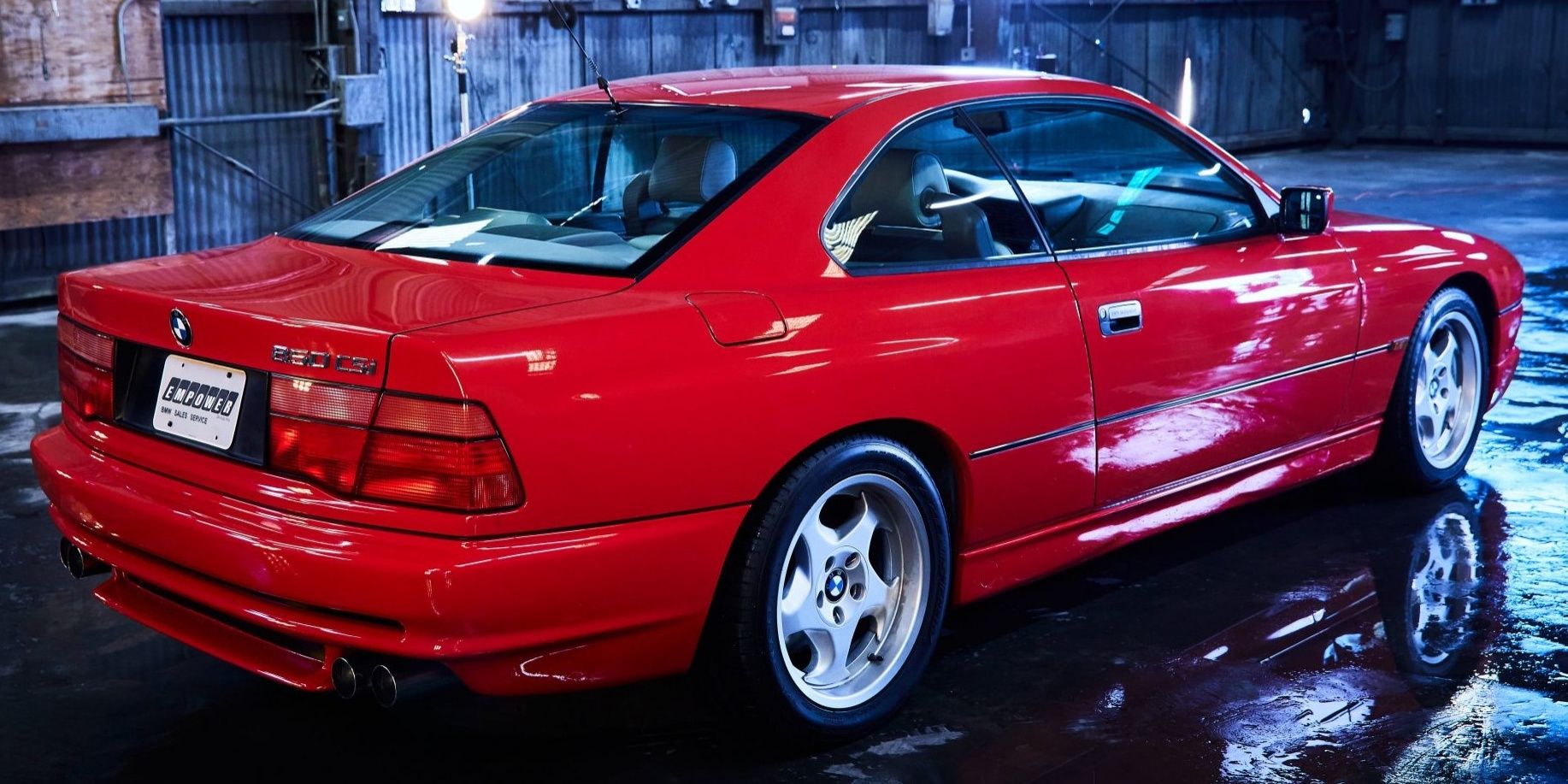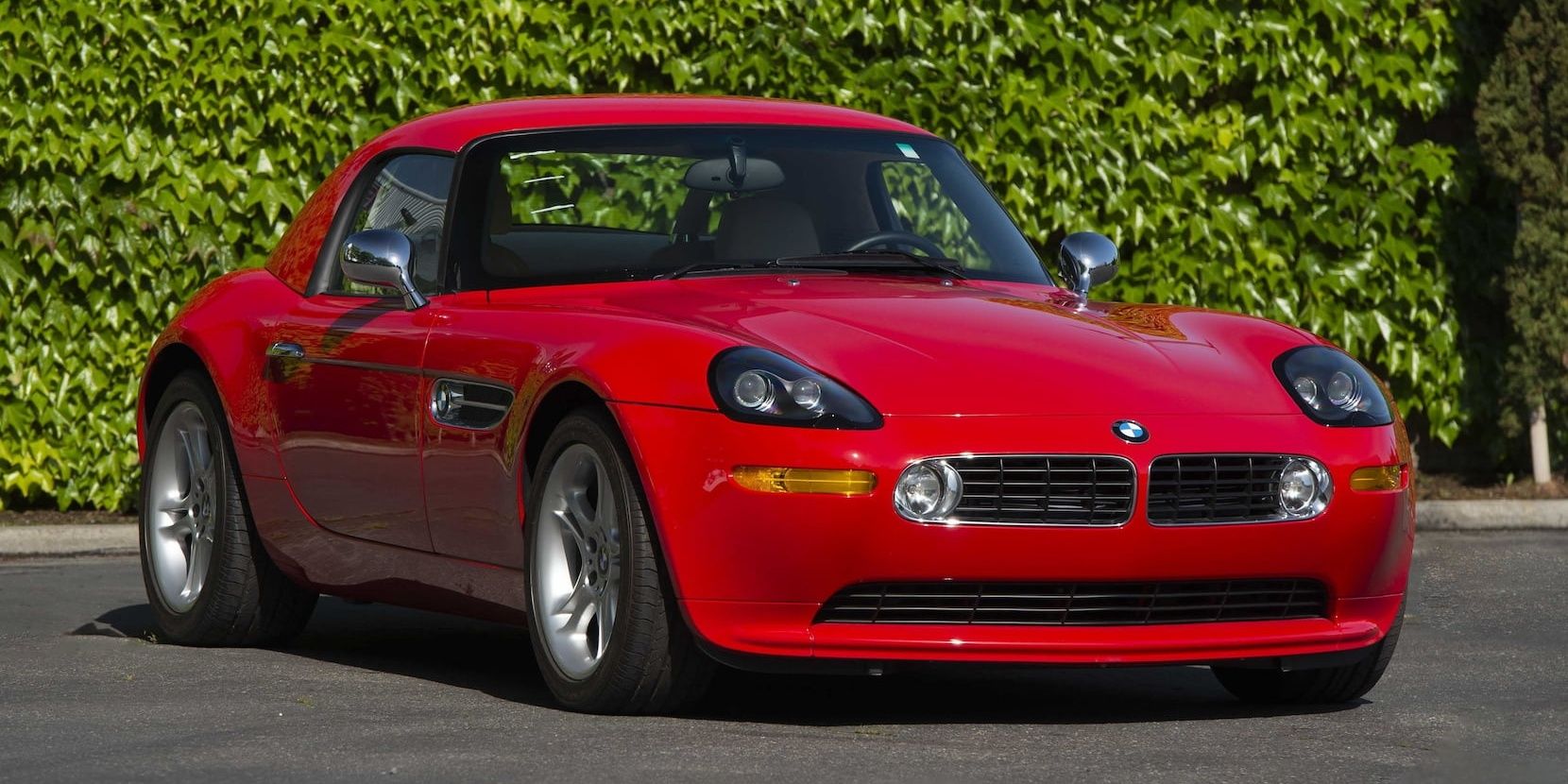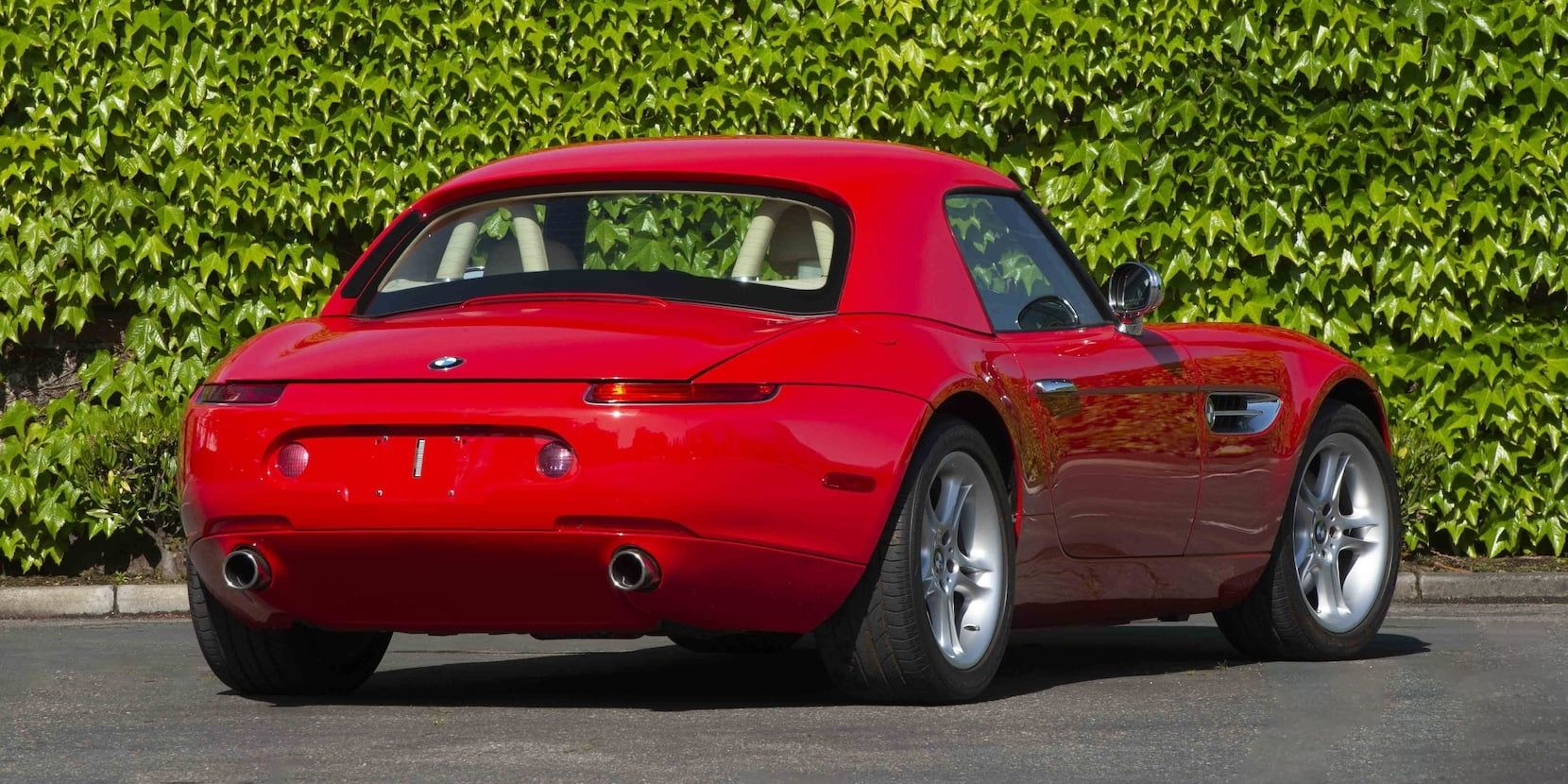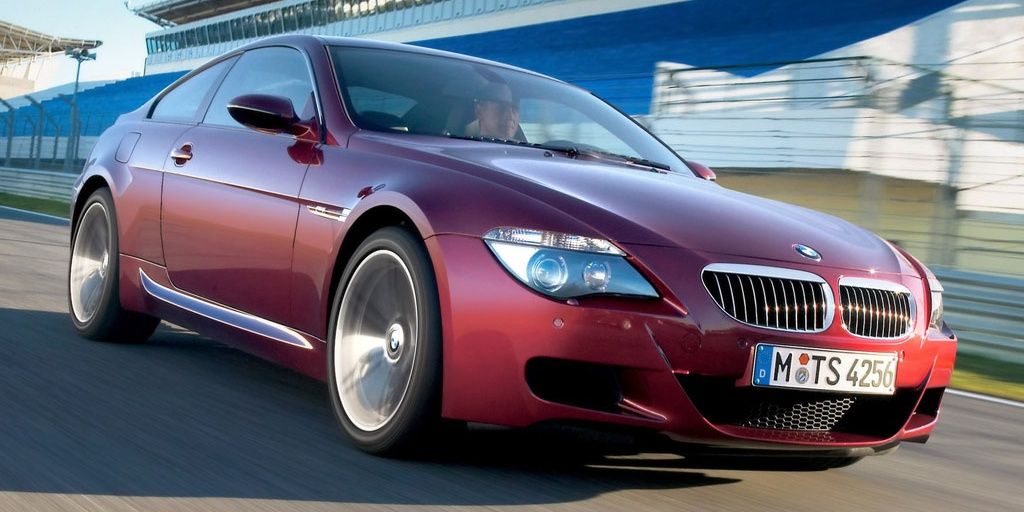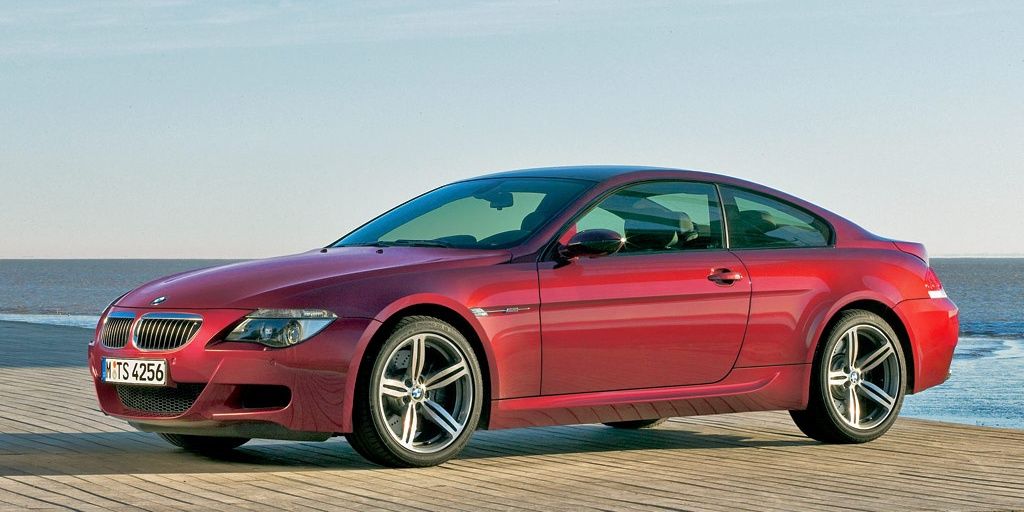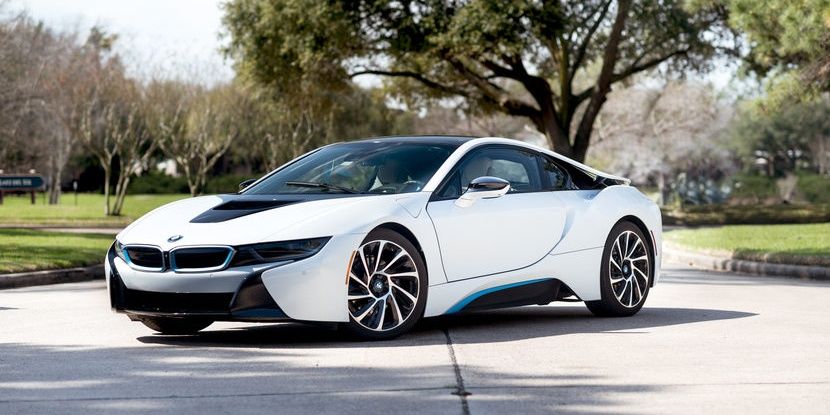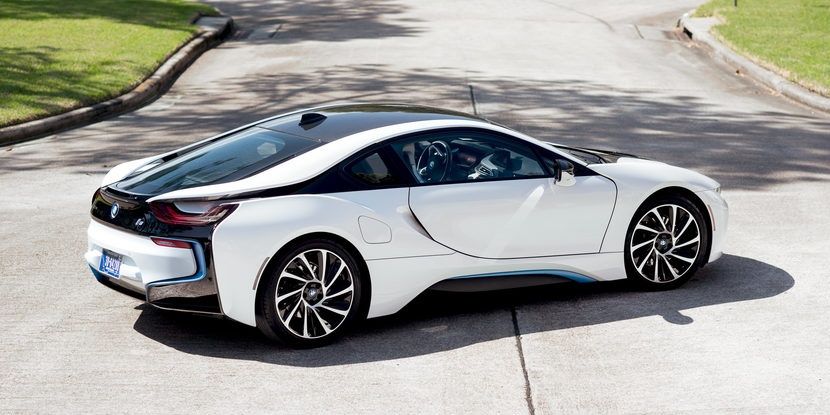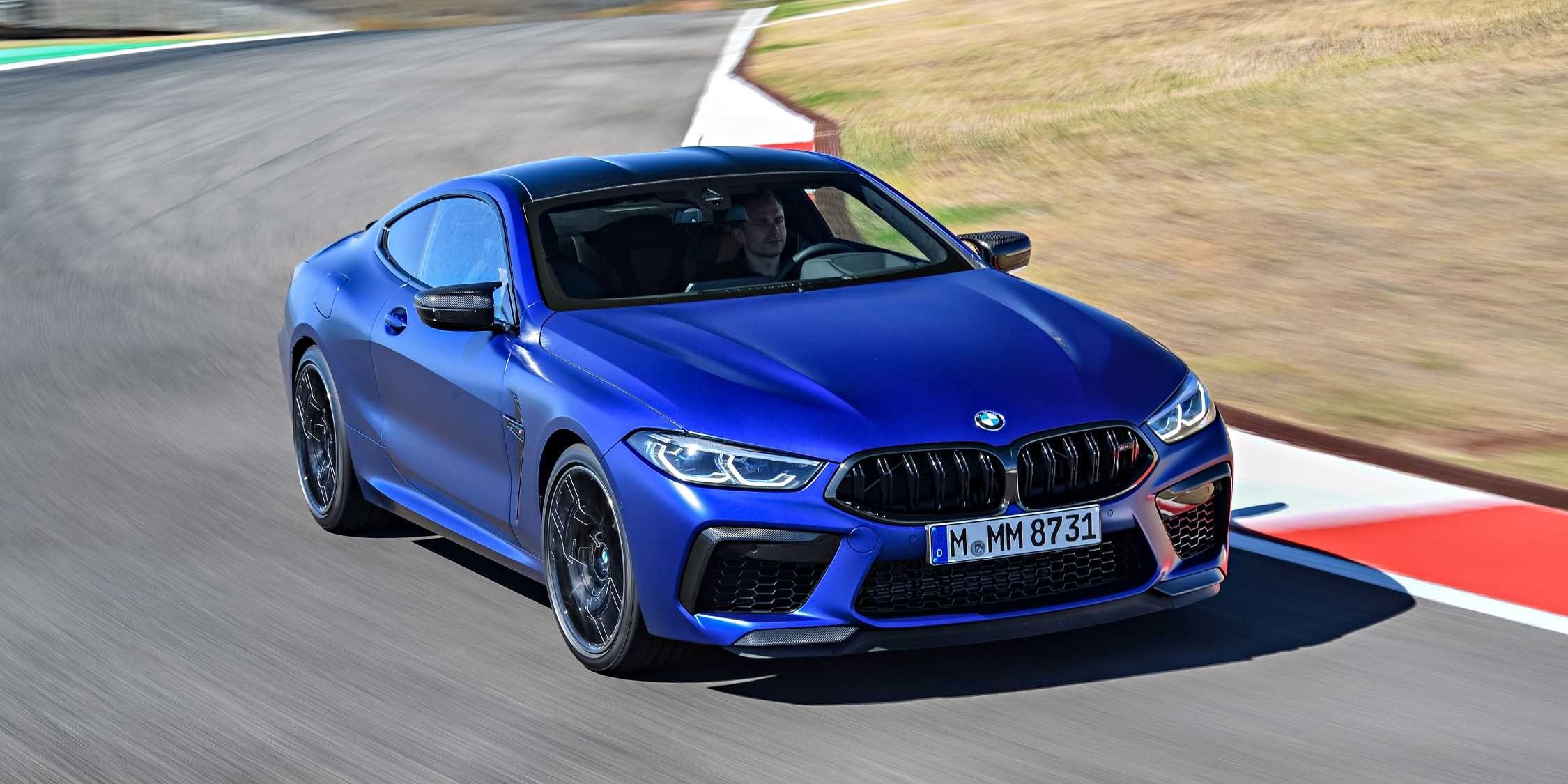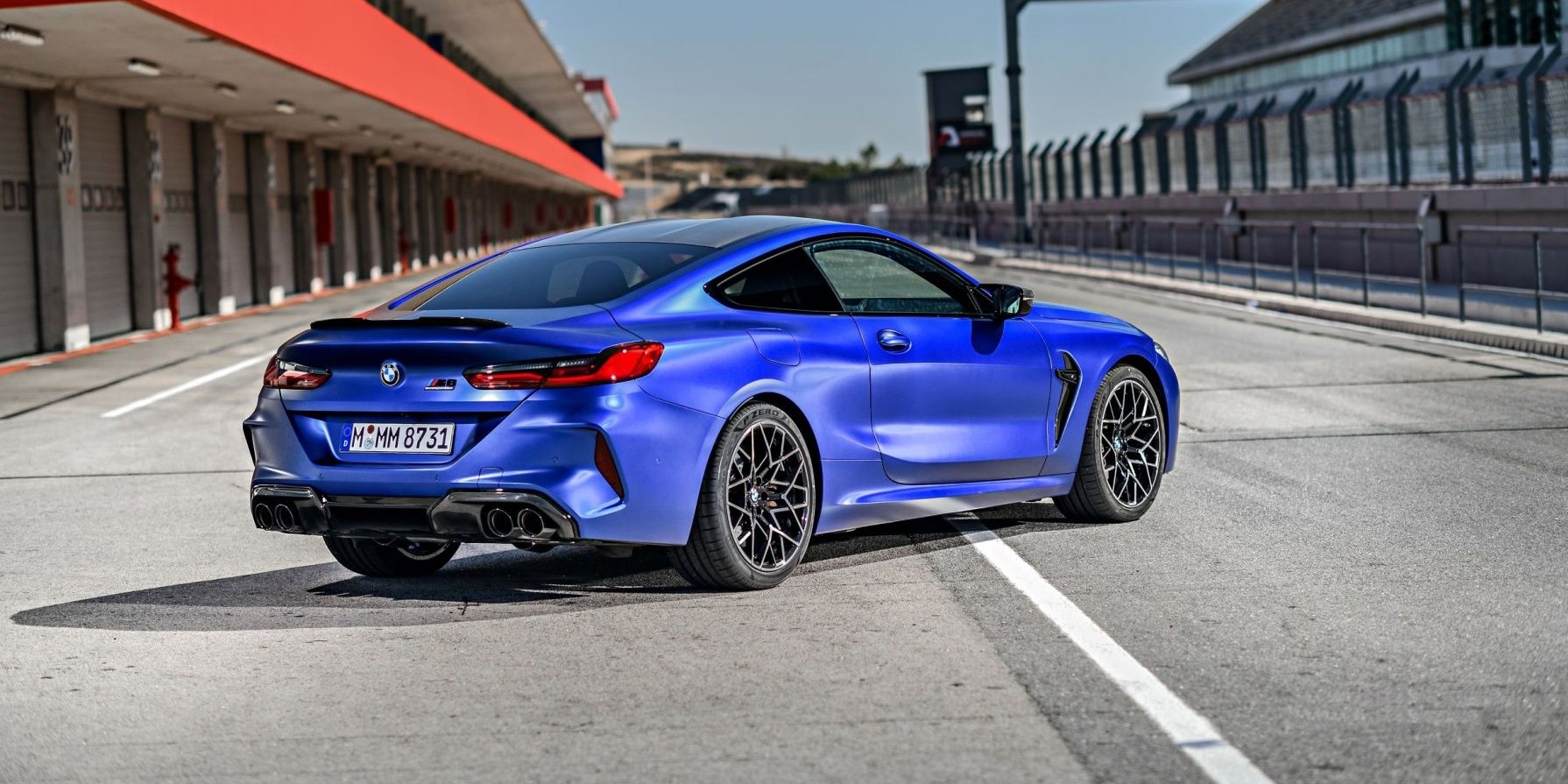BMW might be one of the greatest performance carmakers in the world, but the company has had a tricky history with flagship sports cars over the years. Many of its models have gone down as iconic classics today, but back when they first launched, Bimmer had a hard time shifting some of them. Cars like the M1 were massive financial losers for the company at the time, although today it's impossible to find one that costs less than an average family home.
The reasons behind why these cars weren't great sellers are varied. Some were very pricey compared to their competition, some weren't quite what buyers wanted, and some were simply a case of wrong place, wrong time. Still, even with several costly flops in their back catalog, BMW has continued to make high-end sports cars that blend luxury, high performance, and German ingenuity in a way that few other manufacturers can match. Let's take a look back through the history of the brand's flagship sports cars.
10 328
One of BMW's earliest ever models and their first proper sports car, the 328 was first unveiled in 1936. It quickly established itself as a competition winner, taking dozens of wins in various local rallies and races. As well as being sold in continental Europe, the car was imported to the UK.
Right-hand drive models were sold under the British brand, Frazer-Nash, and imported from Germany until the breakout of World War II halted business. Just over 450 models were produced and today surviving examples command a hefty premium at auctions.
9 507
The war and its aftermath put the brakes on German manufacturing for a long while, and it wasn't until the mid-Fifties that BMW resumed producing sports cars. The 507 and its coupe cousin the 503 were designed to be globally appealing, with a focus on selling cars in the United States.
The 507 entered production in 1956 and was axed in 1959 after just 252 units were completed. It was the first of BMW's big financial losers, but as a result of its rarity, it's a highly sought-after collector's item today.
8 3200 CS
After taking such a huge hit due to the commercial failure of the 507, the next BMW flagship sports coupe was a more restrained affair. Built between 1962 and 1965, the 3200 CS was a sports grand tourer that shared its chassis and most of its parts with other BMW models.
It was slightly more financially successful, with an estimated 600 units built, but it's most notable for its Bertone-designed exterior. The design language used here would go on to influence the next generation of BMW's cars, including the now-iconic 2002 Turbo.
7 E9
While the 02 Series of cars, which included the 2002, are the most famous cars from the company in the '60s and '70s, it was the E9 Six coupe range that was the closest BMW had to a flagship sports model. These two-door coupes were built as sporty grand tourers and featured Karmann-styled bodywork.
They went on to become successful touring cars, with the most famous variant being the 3.0 CSL. The positive publicity from the car's championship wins helped their sales, and they were the first post-war BMW sports cars to be deemed as proper financial successes.
6 M1
Just as things were starting to look up for BMW's flagship sports cars, the M1 came along and dragged things down to rock bottom again. Although it's iconic today, at the time it was a massive failure, as setbacks and complications meant that the project went massively over budget and was delayed for several years after its initial intended launch date.
Originally, the car was set to be built by Lamborghini, but after manufacturing disagreements, BMW eventually decided to make it themselves. It went on sale in 1978 and was axed in 1981 after just 453 examples had been produced. It holds the accolades of being the first car solely developed by BMW's M division and also the first mid-engine BMW ever, but that didn't make it a sales success, and BMW took heavy losses on the project.
5 8 Series (E31)
After the flop of the M1, BMW took some time out to reassess how best to make a flagship sports car that wouldn't lose it millions of dollars. Its answer was the 8 Series, which debuted in 1989 after nearly eight years of development.
Finally, it seemed BMW had figured out how to make luxury sports cars that buyers actually wanted, and the 8 Series was a sales success. It ran for ten years until 1999 and featured both a V8 and a V12 engine over its lifetime. There were reportedly plans to make an "M" version of the car, but they never materialized.
4 Z8
After the 8 Series was retired, BMW was left without a flagship, although in 2000 the Z8 stepped in to become the de facto flagship sports model. It wasn't the first Z car: that had been the Z1, which was released in limited numbers at the start of the Nineties, and then there had been the Z3 roadster after that.
The Z8 took things up a notch from previous Z models, with more power and a supercar-like price tag. It was originally only supposed to be a design study, but after its unveiling in 1997, interest in the car was so great that BMW decided to make a limited production run. A total of 5,703 units were made and all were eventually sold to collectors.
3 M6 (E63)
With the global sports car market beginning to decline in the mid-2000s, it made sense for BMW to cut back on development costs for exclusive, high-end models. During this period, the sports flagship for the company became the 6 Series, which had originally debuted in 2004 and combined the luxury features of the 7 Series with the body of a sports grand tourer.
The M6 was the top-spec variant, with a 500 hp V10 under the hood that it shared with the M5 of the same era. It might have been plush inside, but it was a serious performance car, with carbon fiber panels and revised air intakes to optimize its performance. In total, BMW managed to sell over 14,000 units of the M6 over the six years it was on sale.
2 i8
Perhaps encouraged by the success of their M line of cars, BMW decided to develop a sports car using hybrid technology for the first time. It looked like a futuristic supercar, and it was priced like one, with MSRPs starting at roughly $135,000 when it debuted in 2014. Accounting for inflation, that's over $160,000 today.
The trouble was that its performance didn't quite match its looks, as it was fast, but not as fast as other cars in its price bracket. Nevertheless, the i8 was still a relative success, selling over 20,000 units and becoming the world's best-selling hybrid sports car during the years it was on sale.
1 M8
After the i8 was retired in 2020, the title of "flagship sports car" was passed on to the M8. The newest generation of the 8 Series launched in 2018, being the direct successor to the 6 Series which was retired the same year. The M8 and its even spicier variant, the M8 Competition, straddle the line between a supercar and a luxury grand tourer, while not being strictly either of them.
The M8 Competition is the closest variant to a true supercar, and arguably the closest that BMW has ever come to making a proper successor to the M1. Its 617 hp twin-turbo V8 emits a menacing growl at full throttle, yet it's still surprisingly mild-mannered when being driven around town. It's undoubtedly one of BMW's best cars in years, but only a lucky few will be able to afford it, as prices for the M8 start at $130,000.

